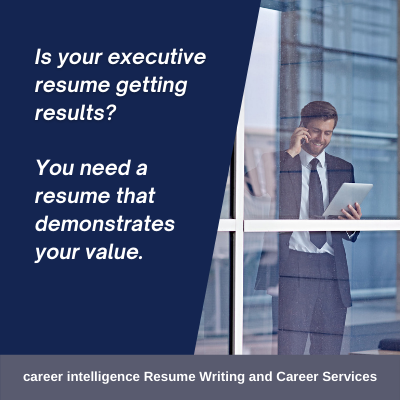
Widgetized Section
Go to Admin » Appearance » Widgets » and move Gabfire Widget: Social into that MastheadOverlay zone
Are You Linked In?
Three ways to use LinkedIn to your advantage
 Even in the best economy finding a job, particularly the right job, isn’t easy. Every career professional will tell you that networking is the best way to find a job. And it’s true. It’s more than the old adage that people hire people they know. The fact is that people hire people who catch their attention. And one of the best ways to catch a recruiter’s and/or hiring manager’s attention is to network your way into a job.
Even in the best economy finding a job, particularly the right job, isn’t easy. Every career professional will tell you that networking is the best way to find a job. And it’s true. It’s more than the old adage that people hire people they know. The fact is that people hire people who catch their attention. And one of the best ways to catch a recruiter’s and/or hiring manager’s attention is to network your way into a job.
Just last month a friend of mine was hiring for a few positions. One candidate submitted his resume as instructed in the company’s advertisement. (Yes you still want to look at ads.) When no one called he then networked his way into the company so that his resume ended up on the desk of my friend’s boss. Well, the candidate got a call. He got an interview. He even got an offer.
No, all candidate stories don’t end this way. Only one person gets the job. But, I’ve never heard anyone mention a single downside to networking. It can only help you. While face-to-face is best, you can cover a lot of ground and make some solid connections using platforms like LinkedIn.
But, to be successful you need to do more than create a LinkedIn profile and hope for the best. You need to be actively engaged. One of the easiest ways to do that is by joining Groups.
Finding the Right Groups
Whatever you’re looking for there’s probably a group for that. Working in fiancé? There are over 13 thousand groups that might interest you. Looking for help and support for and from women? There are almost 20 thousand groups for women including specialized groups for female photographers, engineers and retail professionals.
There are thousands of recruiters on LinkedIn. The Recruiter Network alone has almost 30 thousand members who are discussing topics like how important a candidate’s location is and whether how they search for candidates and how they look at employment gaps. While groups for recruiters is a great place to meet them, most join groups that focus on the industries they cover and will post jobs in the Jobs discussion section.
Joining the Conversation
Once you’ve joined a few groups it’s essential to be part of the conversation. Read and contribute to the existing discussions. Offer advice and help where you can. You can also start discussions of your own by posing a question or posting articles of interest to the group. These can be articles you find or your own blog posts.
The generally rule for all groups is no blatant selling. However, to avoid “foot-in-mouth” syndrome be sure to check the Group Rules for guidelines before posting. .
Making Connections
Belonging to groups makes starting a conversation with people on LinkedIn a whole lot easier. First, you are able to message other members of your group for free. Simply click on the Member’s tab and scroll down the list. On the top right hand corner you will see an opportunity to “Invite to Connect” and “Send Message” to members that you are not already connected with on LinkedIn. It’s an awesome way to save money on InMail.
Another bonus, many people are open to connecting to others who are members of the same group. So when you find someone on LinkedIn you’d like to meet take a look at which groups they belong to. If you’re not a member then join. Many groups are “open” which means anyone can join. If it’s a closed group you have nothing to lose by asking.
When they asked famed bank robber Willie Sutton why he robbed banks he said “That’s where the money is.” So it is with LinkedIn. If you want to connect with recruiters, business professionals, and even thought leaders go where they are.







You must be logged in to post a comment Login